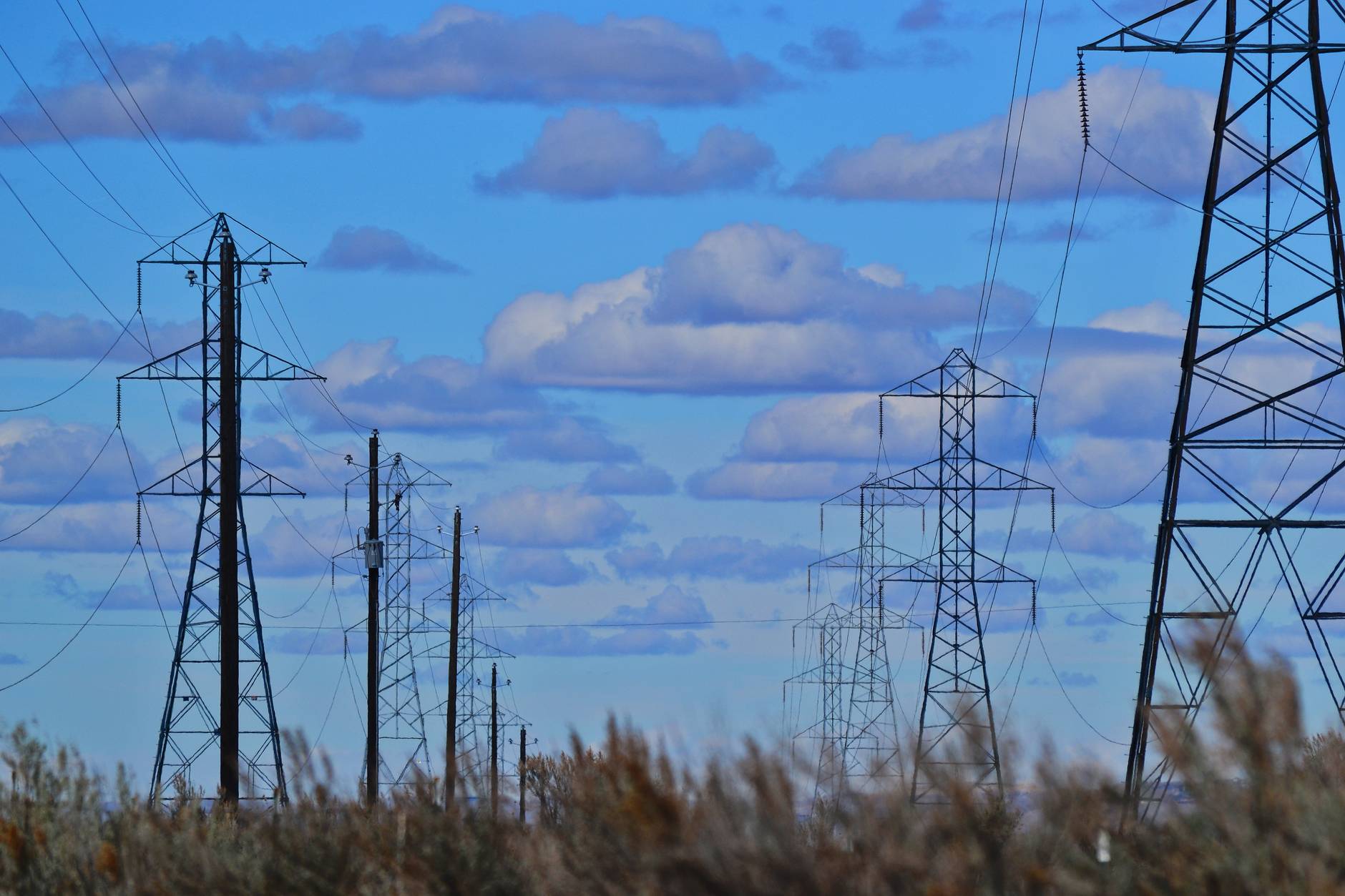New Guidelines Enhance Fiber Use in Power Systems

The Central Electricity Authority (CEA), operating under the Ministry of Power, has unveiled comprehensive guidelines for the utilization and sharing of fiber cores from Optical Ground Wire (OPGW) and Underground Fiber Optic (UGFO) cables within power systems. Developed through collaborative efforts from a committee led by the Member (Power Systems) of CEA, these guidelines aim to streamline fiber allocation while ensuring the integrity and reliability of grid operations.
Framework for Fiber Allocation
The newly established guidelines provide a structured framework for the allocation and sharing of fiber cores in the power transmission network. This initiative seeks to balance the commercial potential of fiber usage with the critical need for secure and reliable grid operations. By prioritizing the allocation of fibers for essential grid communications, the guidelines ensure that spare fibers remain available for future grid requirements. This proactive approach aims to mitigate conflicts that may arise from competing interests in fiber usage.
Key stakeholders, including Central Transmission Utility (CTU), State Transmission Utilities (STUs), and Transmission Service Providers (TSPs), are encouraged to adhere to this framework. The guidelines outline a clear process for sharing spare fiber capacity, fostering collaboration among various entities involved in power transmission. This collaborative spirit is essential for maintaining a robust and efficient power system.
Commercial Utilization with Safeguards
While the guidelines promote the commercial leasing of spare fibers for non-grid applications, they also incorporate essential safeguards to protect future grid needs. Leasing contracts must include a termination clause, allowing for a maximum notice period of 18 months to reclaim fiber cores for grid applications when necessary. This provision ensures that commercial interests do not compromise the operational integrity of the power grid.
Moreover, the guidelines emphasize the importance of conducting due diligence and compliance assessments regarding future grid communication needs. Adherence to relevant regulations set forth by CEA, CERC, and SERC is crucial for maintaining a well-functioning power system. By establishing these safeguards, the CEA aims to create a balanced approach that supports both commercial utilization and grid reliability.
Future-Ready Infrastructure and Maintenance
The guidelines also encourage utilities to plan for future expansions by installing OPGW with 48 or 96 fiber cores. This strategic planning will enhance last-mile connectivity and accommodate future growth requirements. By effectively leveraging the Right of Way (ROW), utilities can ensure that their infrastructure remains scalable and adaptable to evolving demands.
To promote transparency and accountability, the guidelines mandate the maintenance of a comprehensive database to monitor the allocation and utilization of OPGW fibers. This database will serve as a vital tool for stakeholders to track fiber usage and ensure compliance with the established guidelines. Additionally, the guidelines advocate for technological neutrality, allowing stakeholders to choose between the IEEE C37.94 protocol over shared fiber or separate optical fibers, thereby enhancing flexibility in implementing differential protection schemes.
By fostering efficient allocation and sharing of optical fibers, the CEA’s guidelines aim to build a more reliable and resilient power grid. The document is accessible on the CEA website for all stakeholders seeking to understand and implement these new standards.
Observer Voice is the one stop site for National, International news, Sports, Editor’s Choice, Art/culture contents, Quotes and much more. We also cover historical contents. Historical contents includes World History, Indian History, and what happened today. The website also covers Entertainment across the India and World.
Follow Us on Twitter, Instagram, Facebook, & LinkedIn

